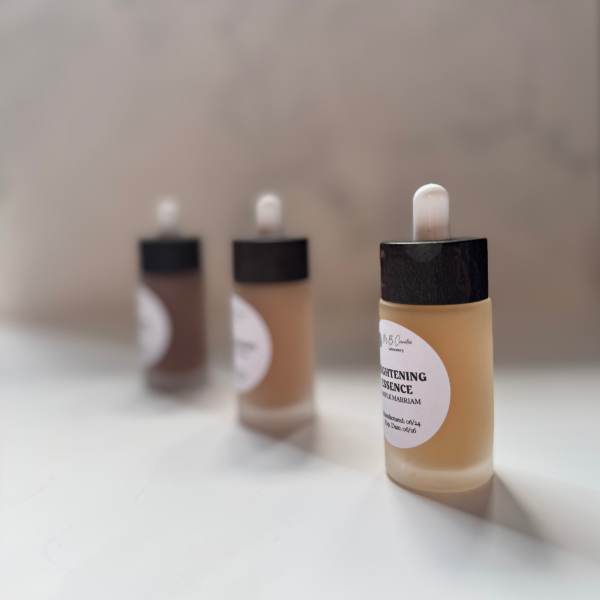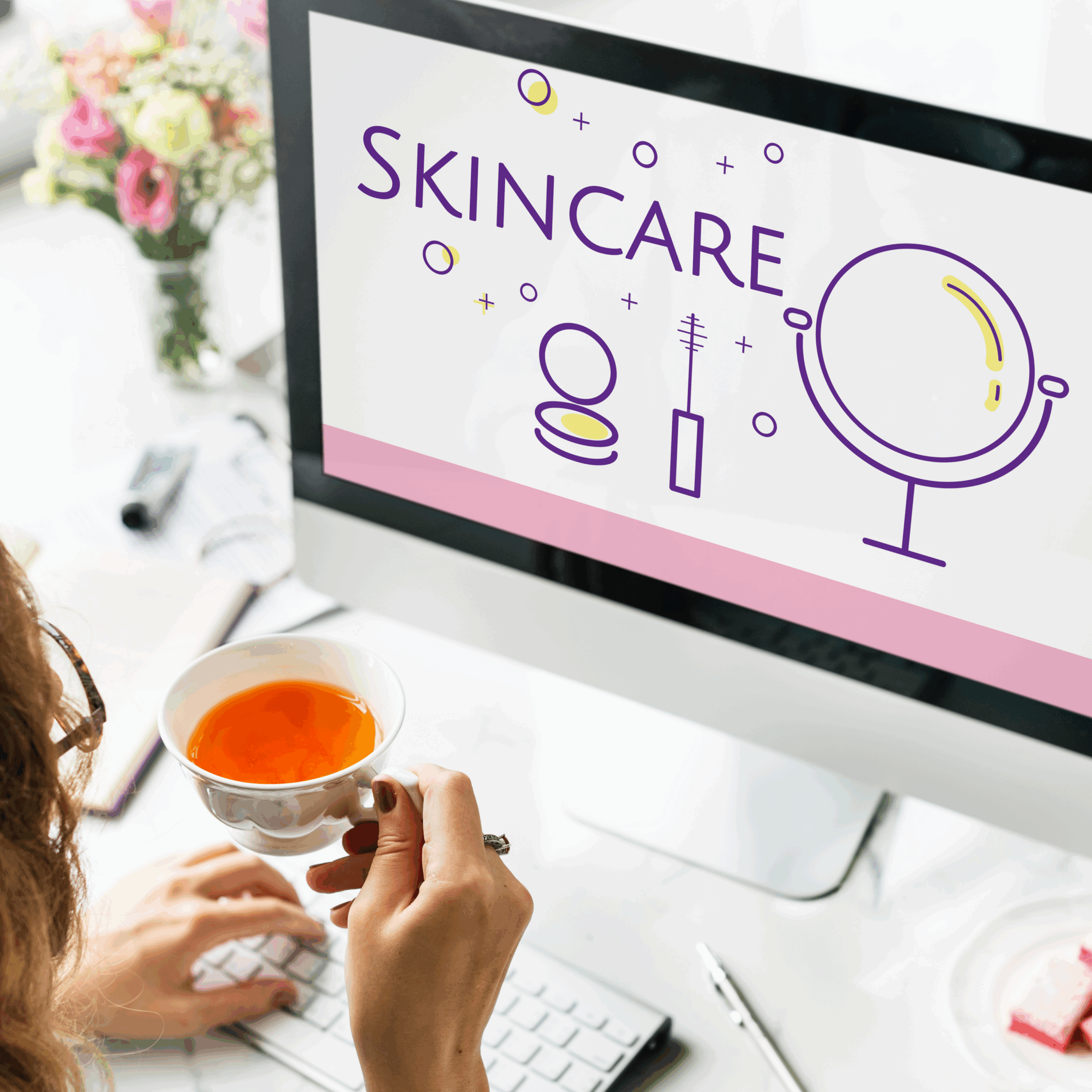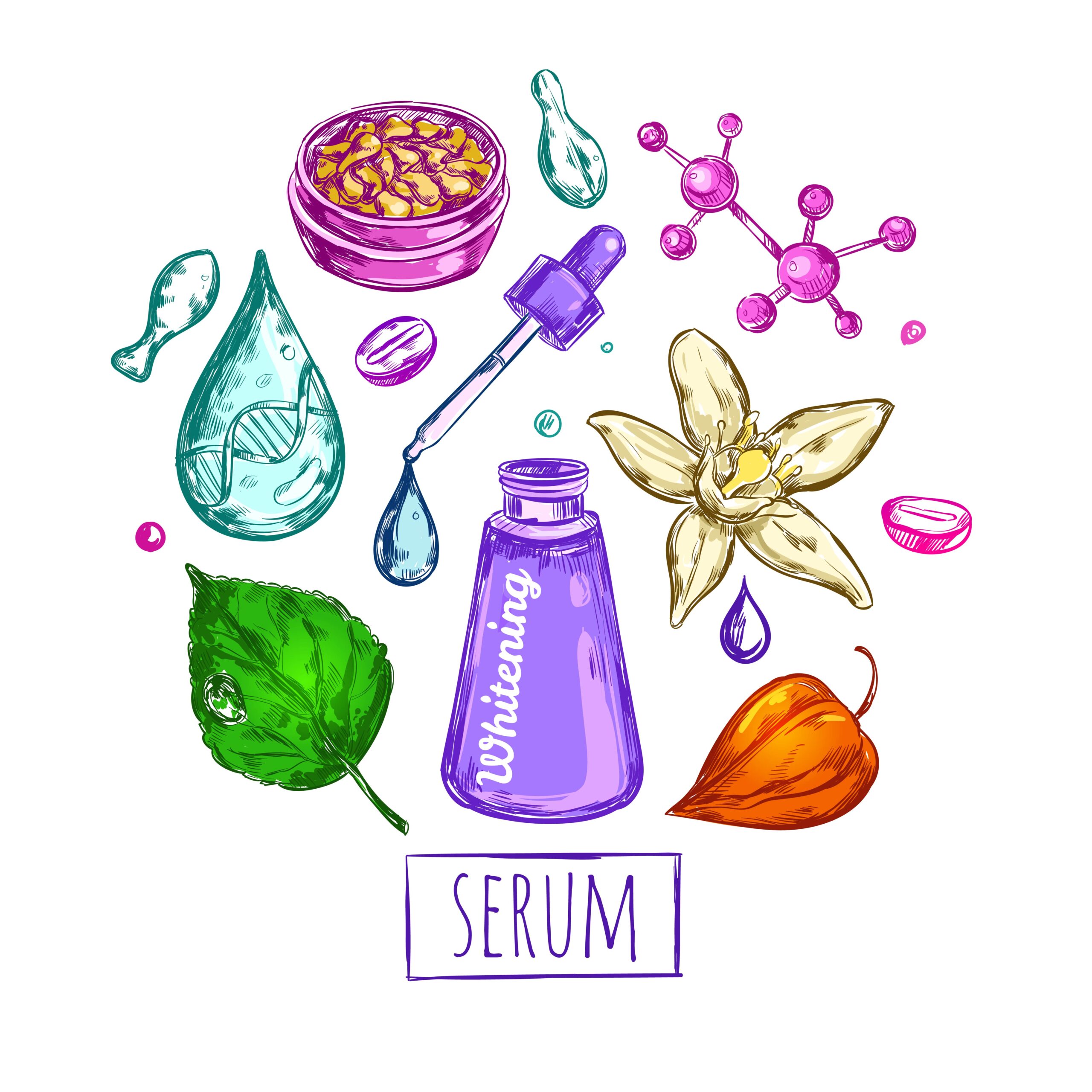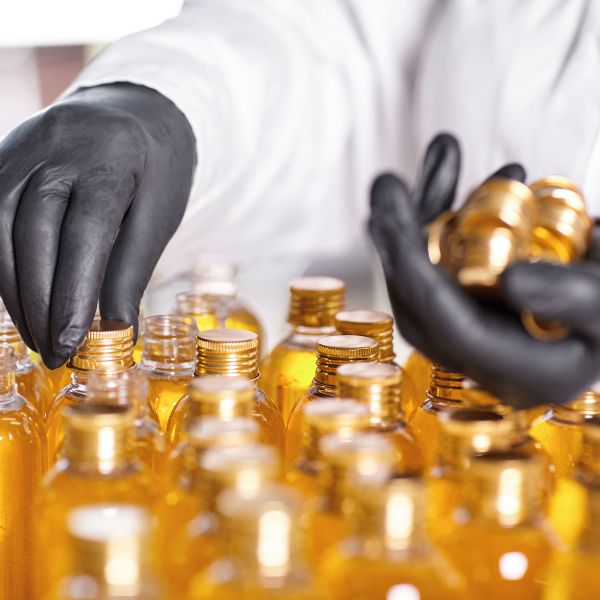Cosmetic Claim Compliance: Avoid Fines, Confusion and Rebranding with Skincare Marketing Laws
Let’s stir up some magic in the lab! Today’s hot topic is all about how to choose the right claims for your products and actually substantiate them.
We’ve all seen bold skincare claims splashed across packaging and social media: “Shea butter deeply heals skin” or “Clinically proven to reduce wrinkles”. They sound impressive. But are they legal? Are they backed by science? Or are they regulatory red flags waiting to derail your brand?
If you’re building or expanding a cosmetic line, this post is your roadmap to navigating claims the smart and compliant way. Because a great product deserves great marketing, and great marketing must be legally sound.
What Makes a Claim Illegal?
According to EU Regulation (EC) No 1223/2009 and the Common Criteria for Cosmetic Claims, a cosmetic claim is non-compliant when it:
- Misleads consumers
- Suggests untrue properties
- Implies medical benefits
- Makes unproven comparisons
- Lacks sufficient evidence
In short, if you say it, you must prove it.
And this goes beyond Europe. In the United States, the FDA strictly differentiates cosmetics from drugs. If your claim suggests changing the structure or function of the skin, you’ve entered drug territory. In Canada, Health Canada expects all claims to be truthful, not misleading, and consistent with permitted ingredient functions.
Another area that causes confusion is the use of the words “natural”, “organic” or “clean”. In the EU, there is no legally binding definition for natural or clean products under cosmetic regulation. However, saying your product is “100% natural” while using a few synthetically processed ingredients, even if they’re safe, is considered untruthful and can get you into hot water. If you want to use the organic claim, you need to get certified (e.g. COSMOS, NATRUE) and align your ingredient sourcing with ISO 16128 standards.
The Six Legal Criteria for Cosmetic Claims (EU Framework)
To stay on the right side of the law, your cosmetic claims must meet six essential criteria:
- Legal compliance
- Truthfulness
- Evidential support
- Honesty
- Fairness
- Informed decision-making
Whether it’s your product label, your website, or your latest Instagram caption, this framework applies everywhere. Your language should be accurate, your evidence should be robust, and your message should help, not mislead, consumers.
One big example that I see European indie-beauty brands make is wanting to claim their product is cruelty-free. It may certainly be legal in other parts of the world, but surprisingly to some, it is not a legal claim to make in Europe. Why? Because it would be misleading. Animal testing has been banned in Europe since 2004 on finished products and since 2009 on ingredients. Any brand entering the European market has to abide by this law and cannot be conducting animal testing on cosmetic products or ingredients. By claiming that your European brand is cruelty-free, you are implying that the majority of other brands are breaking the law. This is most likely untrue and hence misleading to consumers.
What Kind of Claims Can You Make?
The good news? You can still make strong, desirable claims, if you word them carefully. Examples of compliant cosmetic claims include:
- “Hydrates and softens dry skin”
- “Improves skin texture with continued use”
- “Reduces the appearance of fine lines”
- “Gently exfoliates dead skin cells”
- “Formulated to support barrier function”
Notice the language: “appearance of” instead of “treats”, “helps” instead of “heals”, “supports” instead of “repairs”. It’s more accurate, and importantly, it keeps you compliant.
Navigating Claims for Specific Product Types
Crafting compliant cosmetic claims isn’t one-size-fits-all. Different products face distinct regulatory hurdles. Sunscreens, anti-ageing serums, and haircare products demand tailored product claim strategies.
For sunscreens, EU Regulation (EC) No 1223/2009 and ISO 24444 require SPF claims (e.g., “SPF 30 protection”) to be substantiated with in vivo testing, costing €2000-€5000, while the US FDA mandates broad-spectrum testing under MoCRA (2023). Avoid claims like “prevents skin cancer,” as they’re medicinal.
Anti-ageing serums claiming “reduces wrinkles” need consumer trials or instrumental tests to support it. Use phrases like “minimises the appearance of fine lines” to stay in the cosmetic field.
Haircare products claiming “strengthens hair” require tensile strength tests, while “promotes growth” risks drug classification.
Document botanical efficacy (e.g., argan oil for hair shine) with supplier data or literature reviews.
By aligning claims with your product’s category, you’ll avoid regulatory pitfalls and captivate customers with confidence.
The Risk of Unsubstantiated Claims
So what happens if you get it wrong? Words like “treats eczema”, “heals acne” or “restores skin health” immediately signal medical or therapeutic intent. These are not cosmetic claims, they’re drug claims. Using them without regulatory approval could result in product reclassification, legal action, or being pulled from shelves.
In the EU, non-compliant claims can trigger audits, product withdrawal, public recalls, and even fines from national authorities. In the US, the FDA or FTC may issue warning letters, request label revisions, or escalate to legal action. Amazon, retailers, and marketplaces can delist your product overnight. Regulatory violations don’t just slow you down, they can wipe out months of work and damage your brand’s credibility in seconds.
How to Substantiate Claims Without a Clinical Trial Budget
You don’t need a massive clinical trial to support your claims, but you do need credible, documented evidence. Here are 4 affordable ways to substantiate your statements:
- Scientific Literature: Use published studies on your cosmetic ingredients. If a study shows that 3-5% glycerin improves skin hydration, and your formula uses 4%, that’s fair justification.
- Supplier Data: Many raw material suppliers offer efficacy data, user trials, and in vitro results. Just be sure your inclusion level meets the suggested usage rates in these documents.
- Consumer Testing: Gather real-world data from a small group of testers (they can be your friends and family). Even a well-documented statement like “85% of testers felt their skin was softer after 2 weeks” carries weight. But your pool of testers should be sufficient enough (3 people is not the case) and resemble your target audience (don’t take people with normal skin types if you want to target sensitive skin types and vice versa).
- Lab Testing: Apart from the mandatory stability & challenge tests, with a little budget, you can have your product tested for certain specific claims. It’s always interesting to ask for a quote as it may well be within your budget.
Where to Store Your Claim Evidence
Every claim you make, no matter how small, must be supported in your documentation. This includes your Product Information File (PIF) in the EU, your Cosmetic Product Safety Report, or your Master Formulation File (this is not an official document but could come in handy if your country doesn’t require a PIF or a CPSR).
Your documentation should include a list of all marketing claims & the evidence used to support each claim (scientific literature, supplier data sheets, test protocols, participant results and testing methodology). Regulators, retailers, or other collaborators may ask to see this information, so it should always be audit-ready.
Translating Claims for Global Markets
Expanding globally means mastering multilingual cosmetic claim translation. In the EU, Regulation 1223/2009, Article 19, mandates labelling claims in the national languages of the country you are selling ing. But translations must preserve cosmetic intent. In Canada, bilingual English/French labels are required, aligning with Health Canada’s rules. Precise translations ensure compliance, letting your brand captivate international customers with clarity and confidence.
Don’t Let Your Claims Drift
You’ve nailed your packaging copy, but what about Instagram? What about that influencer reel? Too often, compliant product messaging gets distorted in marketing content.
Every communication, visual or verbal, must be aligned. Even hashtags can suggest therapeutic intent. Ensure your whole team (and your affiliates) understand where the legal boundaries lie.
One mistake I often see is treating claims as isolated phrases. But compliance is contextual. Saying “boosts collagen” next to an image of a syringe or next to the words “dermatologist-recommended” can imply a medical function even if each element alone seems innocent. Consider how all your elements, copy, visuals, layout, work together to create meaning. Regulators and retailers increasingly look at overall message, not just individual words.
As I end this article, I will leave you with my final thoughts.
Confidence Comes from Compliance. Creating a legally sound and scientifically backed claim strategy is about more than just avoiding fines. It’s about building trust.
When you substantiate your claims with intention and honesty, you stand out as a brand that respects both the science and the customer. And that credibility? It’s worth everything in today’s competitive beauty space.
Here’s to formulas that work and brands that thrive.
From My Lab to Yours,
Rose
Want to Build Smarter & Safer Claims?
Our Global Compliance in Claims & Labelling e-book includes:
- Global claim compliance
- Claim substantiation checklists
- Copywriting guidance for compliant messaging
- Ready-to-use claim examples
- Mini guide to green & sustainability claims
👉 Download it today and write cosmetic claims with clarity, confidence, and compliance.









Add comment